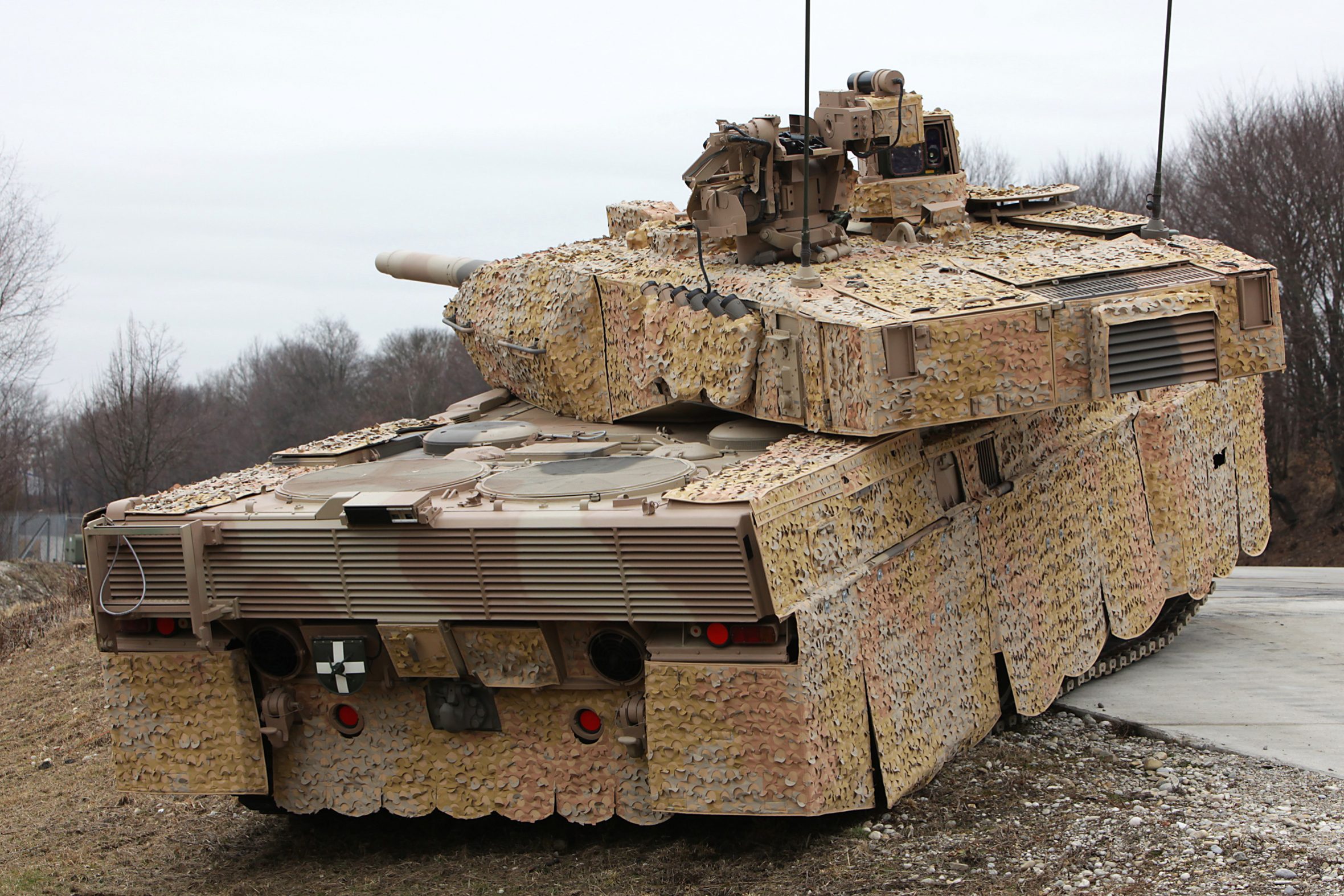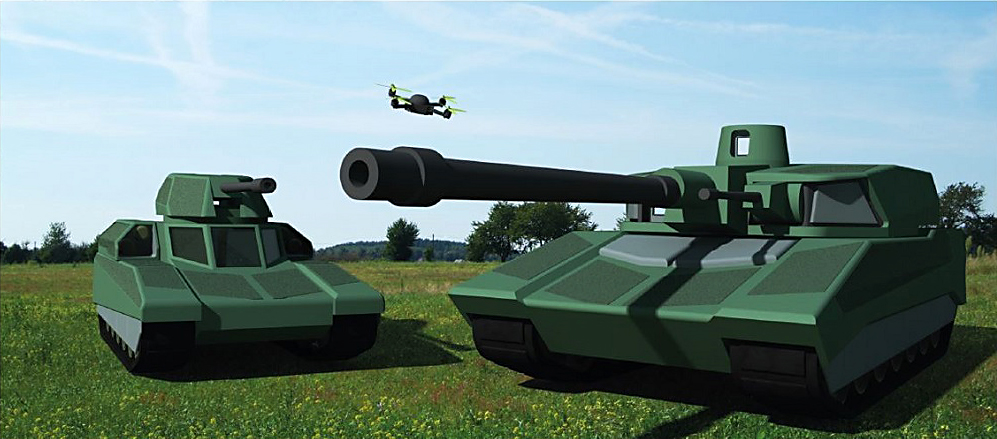With the Main Ground Combat System (MGCS) project discussed in the German Bundestag's defense and budget committees on March 11, 2020, the studies for the ground-based main combat system of the future can now be commissioned.
The BMVg intends to carry out the MGCS as a cooperation project with Germany and France as equal partners, each contributing 50 percent of the financial requirements and work shares, taking into account the relevant national industry.
For the 18-month System Architecture Definition Study (SADS) Part 1, the financial requirement per nation (maximum limit) is around 75 million euros. The aim is to define, develop and implement a new, state-of-the-art main battle tank system in order to achieve delivery of the first systems by the time the main battle tank fleets in use (Leopard 2 and Leclerc) begin to be decommissioned from 2035. To carry out SADS Part 1, the companies Rheinmetall and Krauss-Maffei Wegmann (KMW) on the German side and Nexter on the French side have agreed to form a working group. This means that a binational contractor structure has been achieved for SADS Part 1.
The schedule calls for the system architecture to be defined and system management to be established in a technology demonstration phase (TDP) by 2024 after the multiplatform concepts have been harmonized. Bilateral R&T activities serve to prepare necessary future technologies for later integration into the overall system demonstrator and the realization of technology demonstrators.
In the period from 2024 to 2027, the GSD will be built in a complete system demonstrator phase (GSDP) and the components will be tested for their performance and system compatibility. At the end there is the service description as a basis for the initiation of series production. The implementation phase is planned to begin in 2028, presumably with the initial production of proof specimens that will be checked by the procurement authorities and the troops to ensure they meet military requirements and are suitable for use. After approval, series production begins. The first series vehicle is scheduled to be delivered in 2035. After introduction into the force and training of the crews, operators and tactical leaders, the initial operating capability (IOC) should be achieved in 2040. That would be over 55 years after the introduction of the Leopard 2 main battle tank and 25 years after the delivery of the first Puma infantry fighting vehicle.
German-French cooperation should form the basis for the broadest possible European or NATO cooperation. For the MGCS, Germany has taken the lead. However, both nations should benefit equally from the collaboration and receive sufficient intellectual property rights for the intended future use of the work results.
Investing in this project will enable the German defense industry to position itself as the world's leading land systems industry in the long term through the development and application of future-oriented land systems technologies. The MGCS will preserve and strengthen the national key technology of “protected/armored vehicles” in line with the federal government’s strategy. The MGCS System project has the potential to become the largest European land-based armament project for the development of a European land combat system in the medium term.
The scope, content and contractual implementation of the services for the start of joint research and technology (R&T) activities in the fourth quarter of 2020 still need to be coordinated with France in further implementation agreements.
According to the BMVg, the associated financial requirements from 2020 to 2022 are expected to amount to around 50 million euros per nation in a first step (IA2) and a further 124.0 million euros in a second step (IA3). For purely national R&T activities (for nation-specific shares and support services), the BMVg also calculates a budget requirement of around 56 million euros for 2020 to 2022.
In order to ensure delivery of the first systems by 2035, the additional German financial requirements required from 2023 to 2027 for further R&T activities as well as investigations with a complete system demonstrator (GSDP) are estimated at around 501.5 million euros.
For 2020 to 2027, based on the above annual figures for the implementation agreements, a total current financial requirement of 746.5 million euros can be assumed.
Together with the share of the financing provided by France, the development costs for the MGCS by the start of implementation (2028) amount to 1.5 billion euros.
Gerhard Heiming

